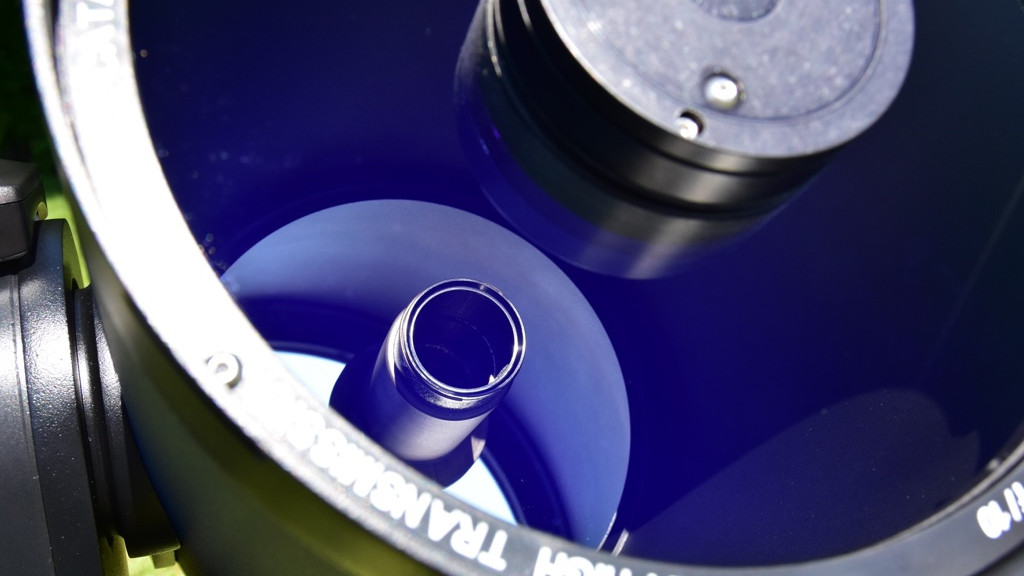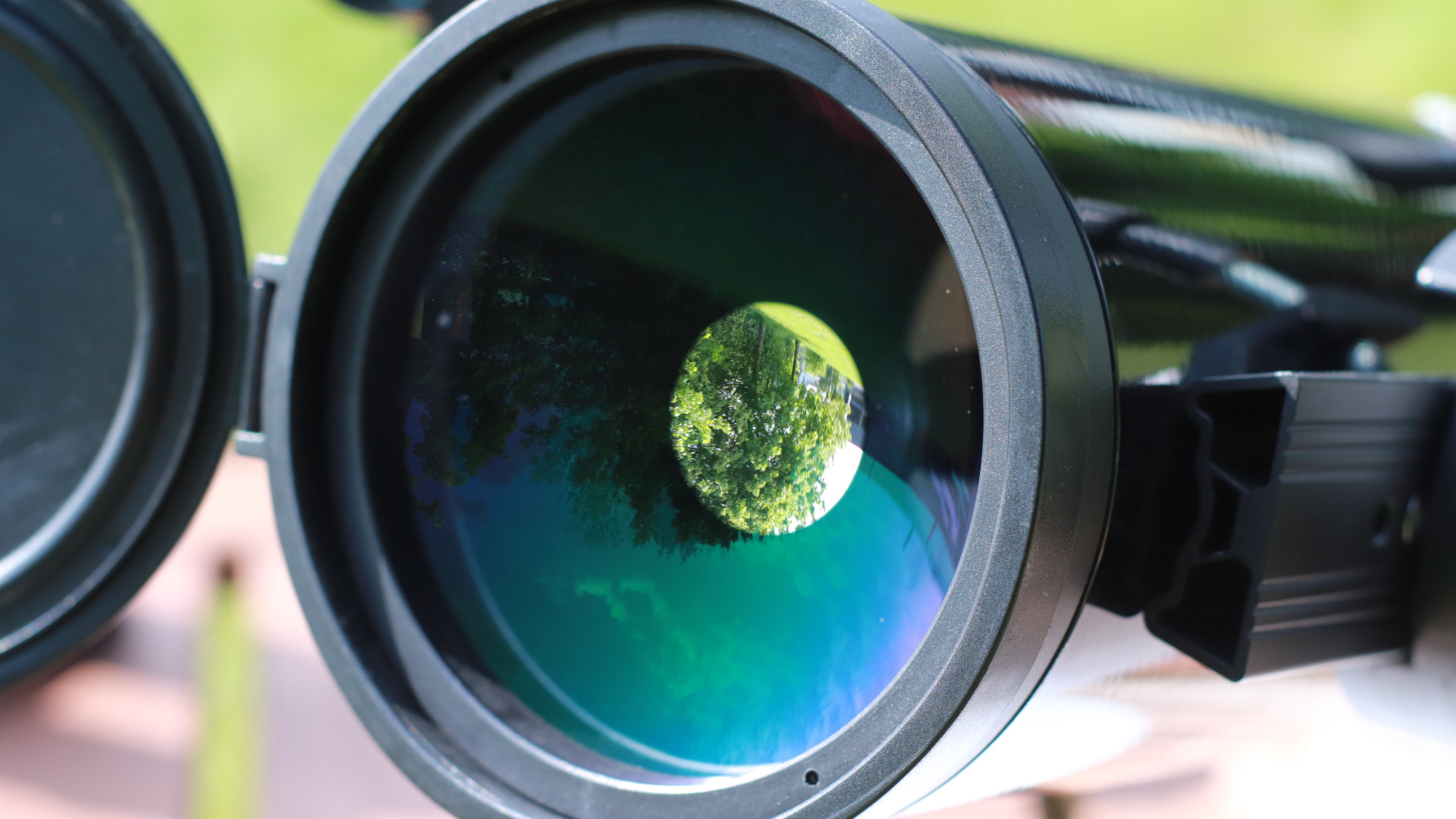Magnification
There are three important magnifications that every amateur astronomer can easily determine. Here we show you how you do this.

More magnification equals a better telescope? Beginners often think this, but it is not the determining factor, small or medium levels of magnification are usually more effective. Here you can learn how to calculate magnifications.
A telescope creates a focal point, depending on the curvature of the mirrors or lenses. With the focal length alone, a small level of magnification will be achieved. But in order to be able to look at the image, you additionally need an eyepiece. Imagine an eyepiece as a magnifying glass which enlarges the image at the focal point.
The magnification of a telescope is calculated using the following formula:
Magnification (M) = focal length of the telescope (ft) / focal length of the eyepiece (fe)
This is how you calculate magnification
Magnification depends on the ratio of the telescope's focal length to the focal length of the eyepiece. To calculate this, divide the focal length of the telescope (ft) by the focal length of the eyepiece (fe):
- M = ft / fe
For example, if you have a telescope with a focal length of 1,000 mm and an eyepiece with a focal length of 5 mm, you'll get 200 times magnification.
In theory, magnification is unlimited. However, since it is related to the aperture of the optics, there are limits. The exit pupil also plays an important role. This is the diameter of the beam of light that leaves the eyepiece and enters the eye. We’ll come to this again later.
Minimum magnification
Minimum magnification is limited by the telescope’s aperture. Here, the exit pupil should not be larger than seven millimetres. This is usually also the maximum diameter that the pupil of the human eye can reach. But this is only possible at night and in absolute darkness.
Divide the telescope's aperture by the diameter of the maximum aperture of the eye’s pupil, to get the minimum useful magnification.
A beam of light, seven millimetres in diameter, passes through the eyepiece and enters the eye.
- · Mmin = aperture in mm / 7
A practical example: if you are using a telescope with 200 mm lens aperture, the minimum useful magnification is around 28 times. If the telescope aperture was larger, the minimum magnification must be higher. For a smaller telescope, it is correspondingly smaller.
Optimum magnification
Optimum magnification or maximum useful magnification is reached when a star no longer appears point-shaped, but as a tiny disk with diffraction rings. At this point, you are using all the optics’ available resolving power. This means that you can see many details that remain hidden at a lower or higher magnifications.
Maximum useful magnification is reached with an eyepiece exit pupil of 0.7 mm - 0.8 mm. It is not a precisely defined limit, more a guide for optimum magnification.
- · Mopt = aperture in mm / 0.7
A telescope with an aperture of 100 mm would therefore have a optimum magnification of 142-times and a 200 mm telescope of 285-times.

Maximum magnification
Each telescope has its own magnification limit. It is equivalent to 2 times the lens aperture. However, you cannot and should not use this upper limit every night. This is because you will only enjoy observing if the object is bright enough and the seeing is perfect. It is easy to find out for yourself whether it makes sense to operate at this limit: use an eyepiece with a 0.5mm exit pupil and pay attention to the seeing. How does the object appear? Is it blurred? Is it too dark? How are the conditions tonight?
This is how you calculate the maximum magnification:
- · Mmax = aperture x 2
+ here you will find interesting eyepiece sets for various telescopes
